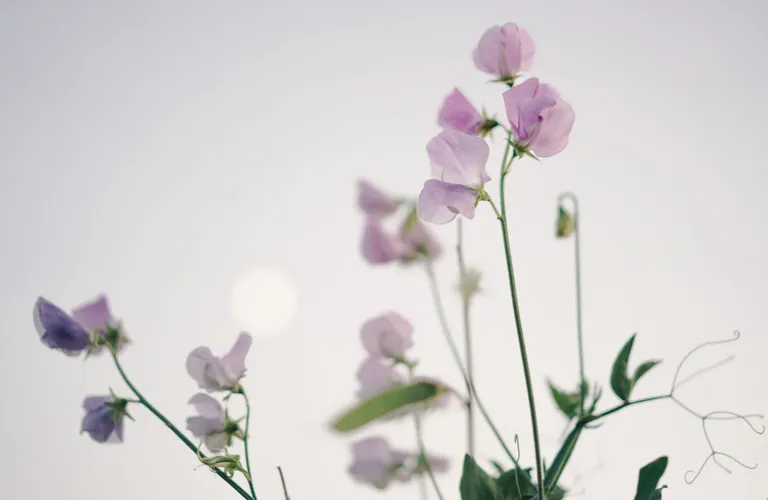
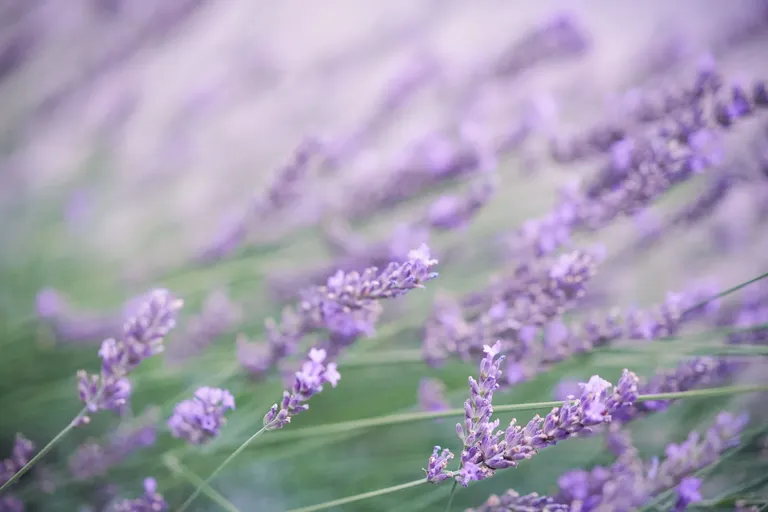
Qurator's Photo Quest for this week is Dreamy Background Blur, and seems I missed its deadline. Nonetheless, I would like to share some photos about this fun theme.
Background blur refers to the degree to which elements in the background of an image are out of focus. It's a common scene seen in photography. I used to post photos of bokeh, the circular or hexagonal appearance of the blur. They are usually formed when point light sources are present in the background. The term "bokeh" comes from the Japanese word "boke," which means "blur" or "haze."
In this post, my images are about a group of flowers in the foreground with a simple background blur. They are of blue and purplish, or violet and pinkish too? :)
Creating the shallow depth of field effect isolates the flowers from their backgrounds, making the subject stand out more prominently. Here are some techniques I used to achieve it:
Use a Wide Aperture (low f-numbers such as the f/1.8 in my head image) setting on camera lens. The wider the aperture, the shallower the depth of field, and the more pronounced the blur effect will be. So Manual or Aperture Priority mode were used in my photos here.
Choosing the Telephoto Zoom (longer focal lengths) can also contribute to a more pronounced background blur. Aside from the popular set of prime lenses (fixed focal length) with wide aperture, telephoto lenses naturally compress the background and make it appear larger and more out of focus.
Get Closer to the Subject. The closer you are to the subject, the shallower the depth of field becomes. As you can probably see in this case, I was often shooting closely to the flowers, performing various contortionist's tricks which are commonly seen among photographers. Shooting with phones can be easier in some cases, such as when you need to stay very low in the bushes to shoot up.
Increase the Distance Between Subject and Background. The further your subject is from the background, the more blur you can achieve. This helps in creating a distinct separation between the subject and the background. In some of the situations here, the backgrounds were not far from the flowers at the front, and I couldn't move them as I wished. But I could move myself around to find a better relative position.
Consider Different Perspectives and Backgrounds. Changing perspectives will result in various compositions. Shooting up, down, or at the same height with the flowers can affect the overall feel of the image. Pointing to different angles also decides which elements are included behind the subject. For the more dreamy background blur, you may need to choose a less distracting backdrop. For instance, when I shot the bluebells, pointing my lens a bit upwards to include the tall forest trees as background shows a different result than including the busy bushes.
Experiment with Light Sources. I shot most of these photos in the wild during daytime, so daylight is the major source. Only in the photo of the pea flowers, I placed the moon at the back. At that moment, I liked that quiet and chill atmosphere in the dark. The moonlight helped create the dreamy background blur. When it's at night on a city street, there are often varied light sources offering more fun opportunities to explore.
At last, there is Post-Processing. If you didn't achieve the desired blur effect in camera, you can also turn to editing software to enhance it. For instance, in Lightroom, the selective subject and background in Masking are pretty effective these days. Adding contrast and additional blur is easy, but I don't recommend overdoing it.
Have you ever tried these techniques before? Hope these tips will help in making your own background blur photos.
看到Qurator这周的摄影活动主题是背景模糊,虽然已经过了最后期限,我还是来分享一些照片,聊聊这个话题。
背景模糊是摄影中常用的技巧,以前也上传过bokeh的照片,是背景中模糊的圆形或六边形的外观。它们通常是在点光源出现在背景中时形成的。“bokeh”来自日语单词“ boke”,意思是“模糊”。而今天来分享一组以蓝紫色花朵为前景的照片,背景没有大片点状光源,只是简单的树丛草丛。
这种浅景深的效果可以将花与背景隔离开来,让主题更加突出,也营造出一种简洁梦幻的效果。下面就来分享一些拍摄浅景深的常用技巧:
因为光圈越大,景深越浅,模糊效果就越明显。所以拍照时可以使用手动或光圈优先模式来设定比较大的光圈。
除了使用低f值大光圈和定焦的常见组合,选择长焦镜头也有助于实现背景模糊。长焦镜头会自然地压缩背景,让远处的物体看起来显得更大更模糊。
此外,还可以增加主体和背景之间的距离。主体离背景越远,效果就越模糊。其实手机近距离拍这种花草也是很方便的,特别是涉及角度的时候。因为小巧便携,一些相机难以企及的地方比如很低的角度,用手机就比较容易。可以找找角度来拉开主体和背景之间的距离。
不同角度对选择背景也有所帮助,仰拍俯拍平拍,选择包括或排除的背景元素,都会影响到照片的整体感觉。比如,我拍那几张豌豆花的时候,是在自家的露台上,朝上用月亮当背景比朝下拍到一堆护栏杂草更能表现当时月色如水月黑风高的清幽夏夜。
拍其他花草都是在野外的白天,除了太阳没别的光源,而如果是在夜晚的城市街道上,各种丰富的光源就会提供更多实验的机会。
最后,还有后期处理。如果前期拍照的时候没有达到理想的模糊效果,也可以用编辑软件来优化。像LR的蒙版里就有选择主体或背景的选项,在如今AI的加持下也是更加快速高效。增强对比度和模糊度都很便捷,当然,适可而止就好,不要过头。
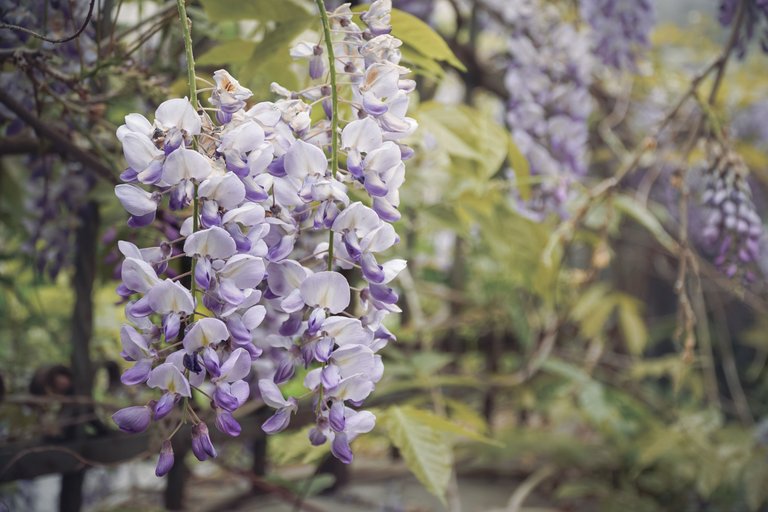

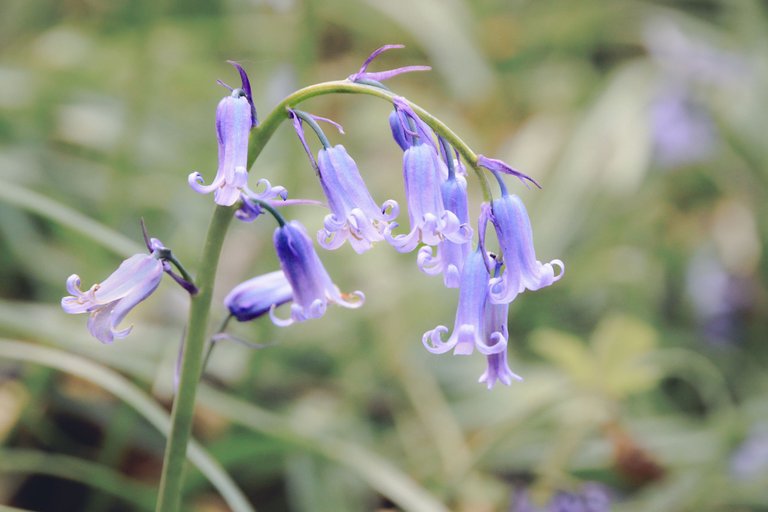

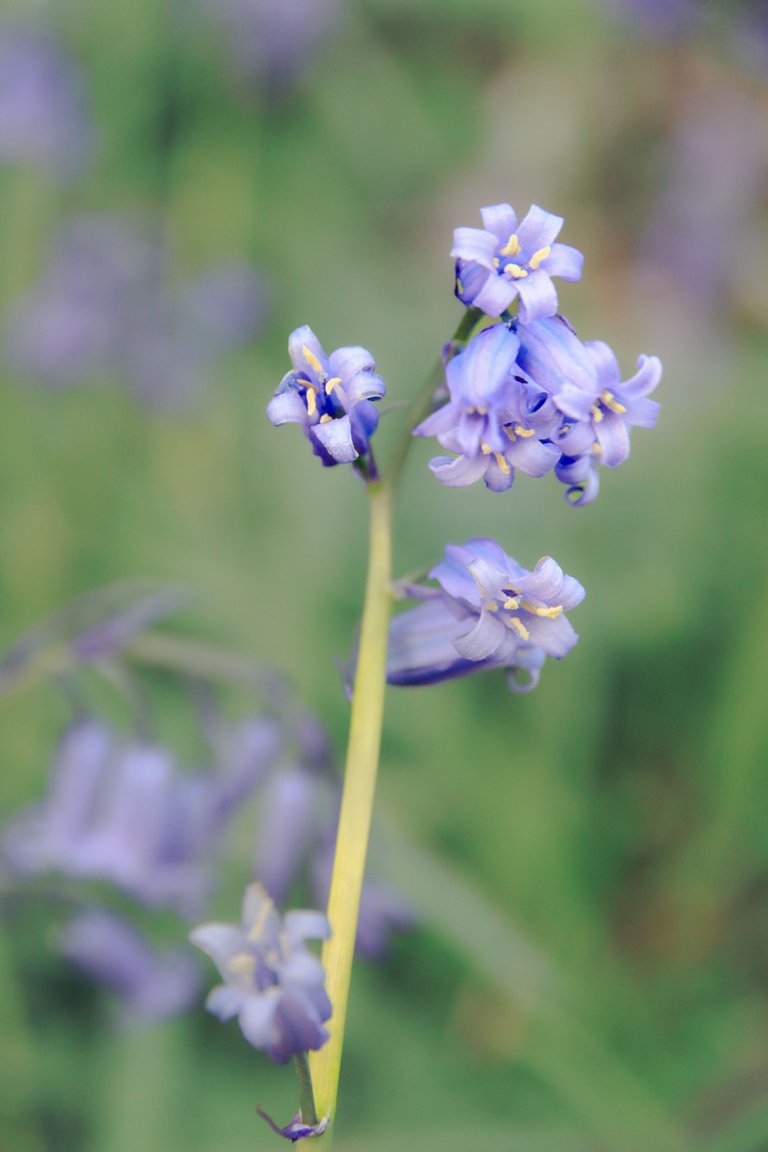
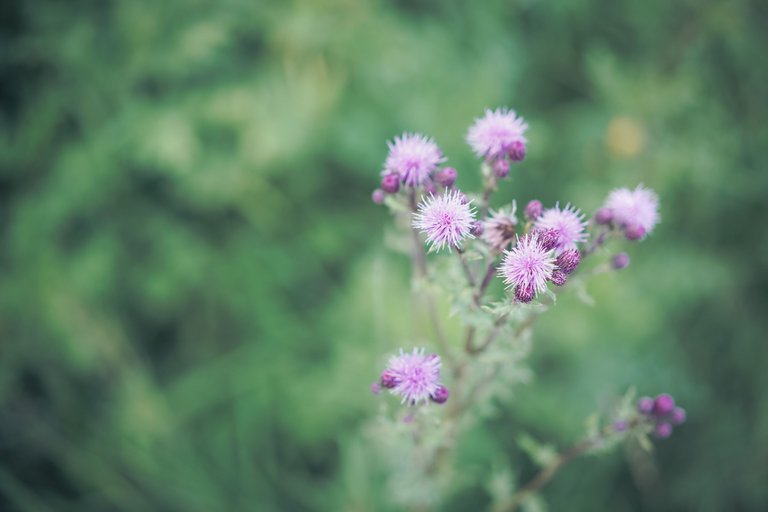
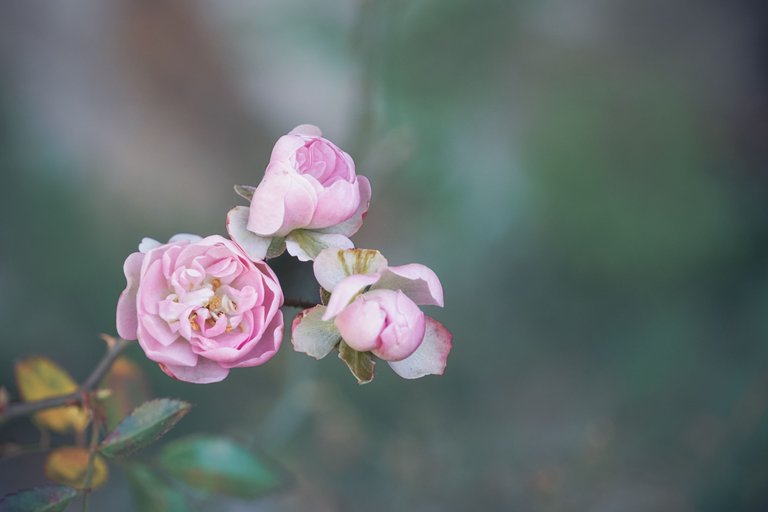
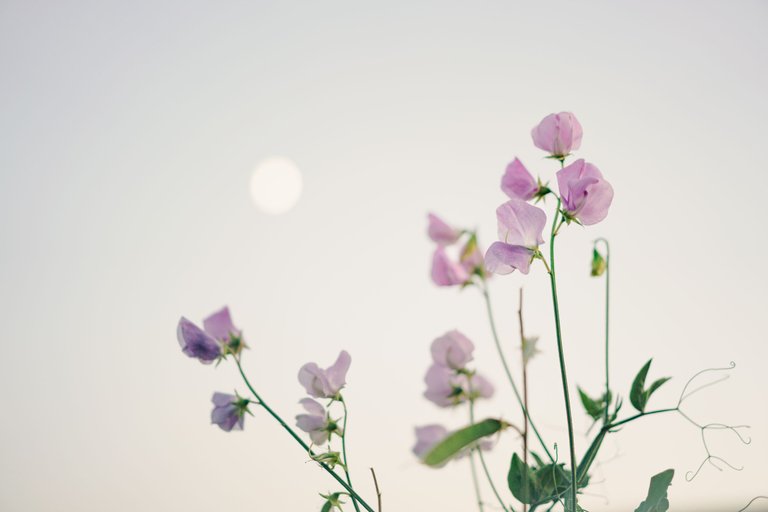
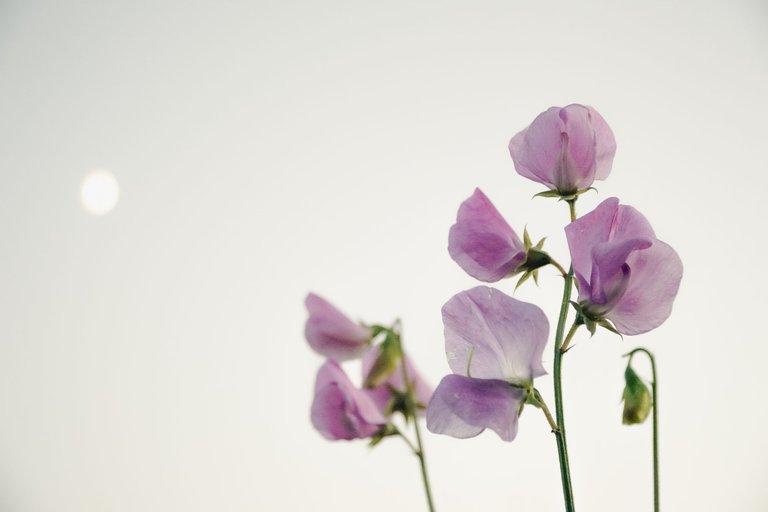
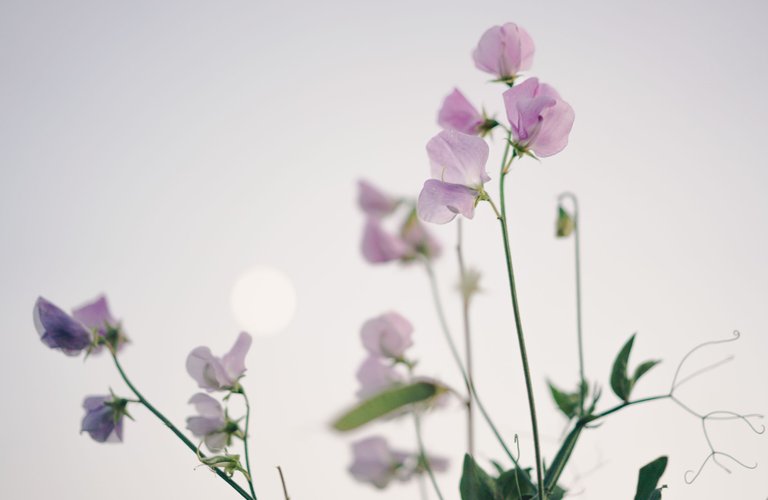
图文 by Donica,谢谢来访!=)

For the best experience view this post on Liketu
@tipu curate
Upvoted 👌 (Mana: 18/58) Liquid rewards.
Thanks mate!
great photos, love the colour :)
画面干净,好看。
😇
Me gusta las flores está chido